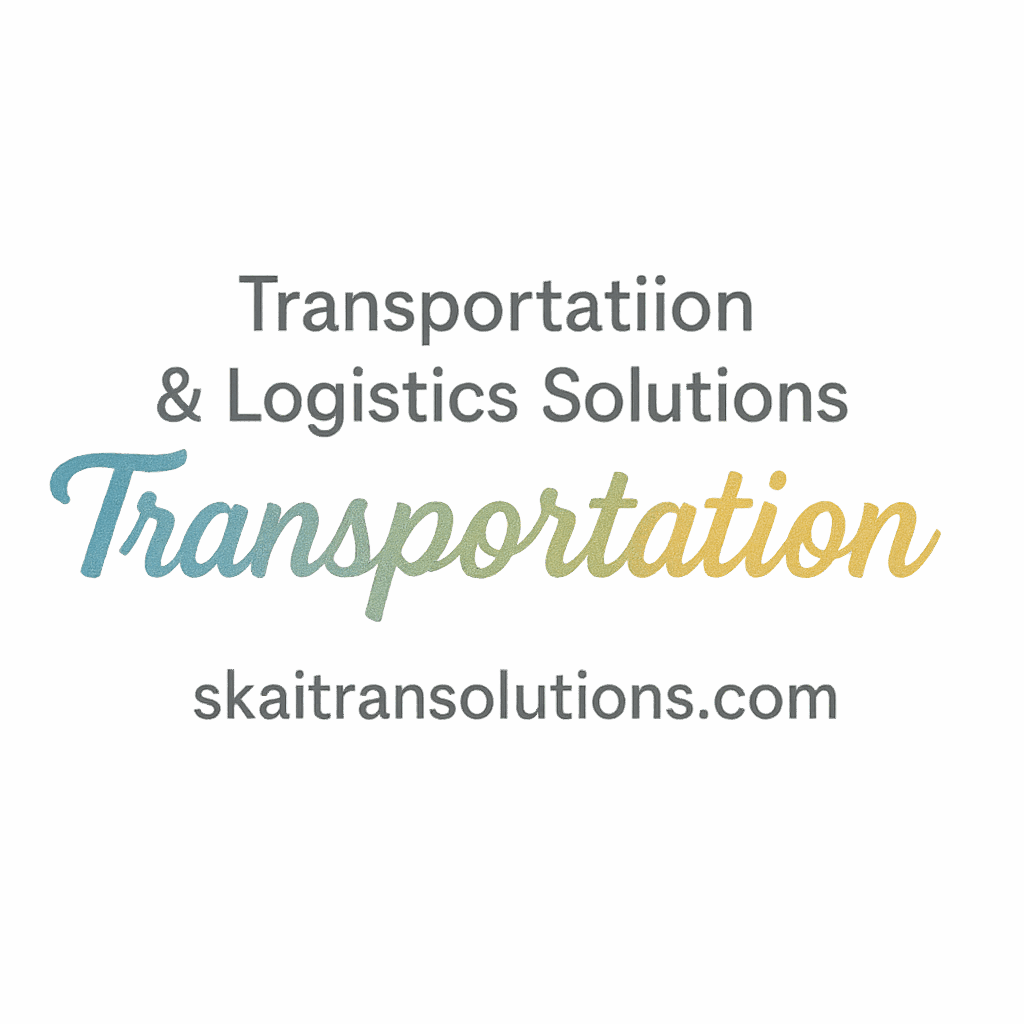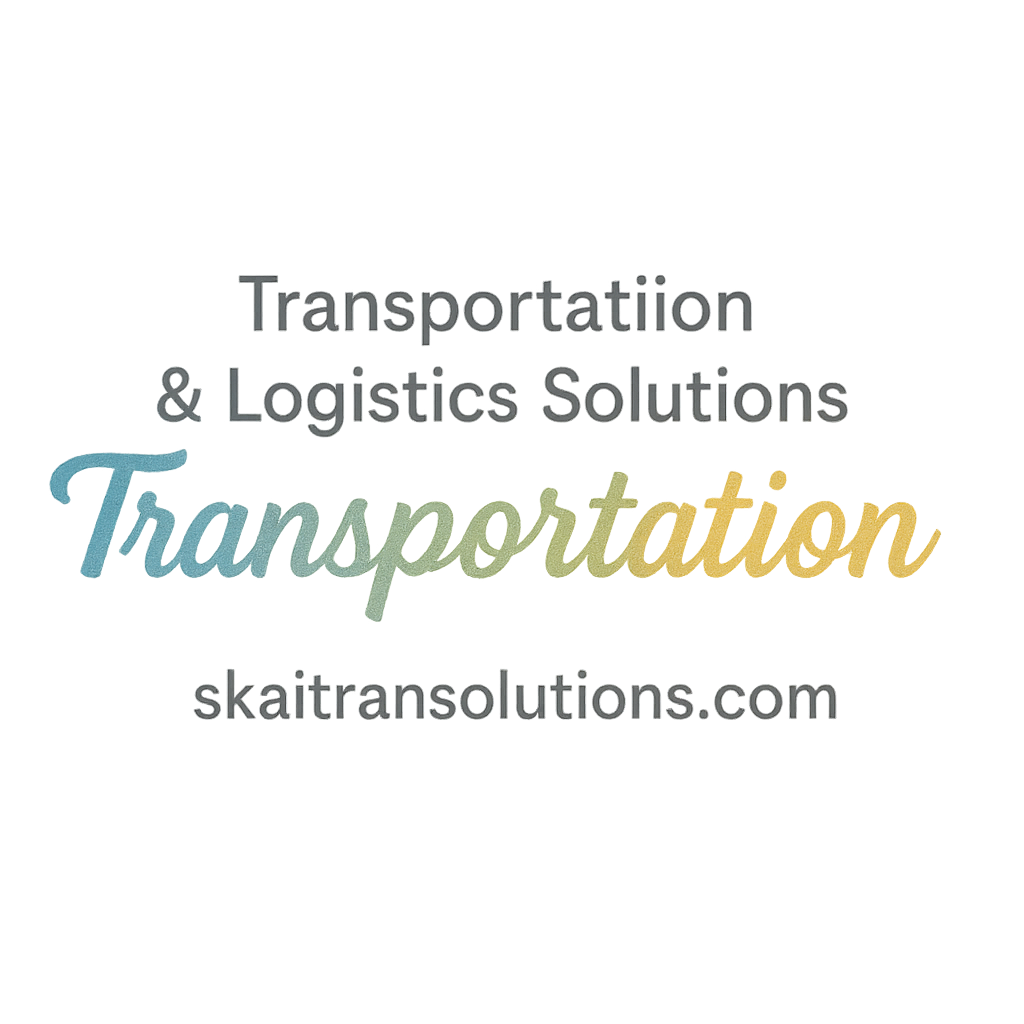Introduction: Why Insurance Is Crucial in the Transportation Industry
Let’s be real—if you’re in the transportation game, your trucks, drivers, cargo, and clients are all at risk 24/7. Insurance isn’t just a safety net; it’s your business’s armor. Whether you’re hauling freight across state lines or managing a local delivery fleet, choosing the right transportation insurance options is critical.
Without comprehensive coverage, one accident could wreck your finances, destroy customer trust, or land you in serious legal trouble. Let’s break down the seven transportation insurance options every company needs to survive, thrive, and protect what matters most.
1. Primary Auto Liability Insurance
What It Covers
This is the core coverage—your legal foundation. Primary auto liability insurance covers bodily injury and property damage caused by your drivers while operating company vehicles.
Why It’s Mandatory
Under FMCSA regulations, this type of insurance is legally required for motor carriers operating commercial vehicles. No ifs, ands, or buts.
Risks of Not Having It
Operating without this can lead to license suspension, legal penalties, or worse—a lawsuit you can’t afford. Not worth the gamble.
Internal link suggestion:
👉 Learn more on Transportation Industry Insights
2. General Liability Insurance
Broader Protection Beyond the Road
While primary auto liability handles road mishaps, general liability insurance takes care of third-party injuries or property damage off the road—like if a client slips and falls in your office or yard.
Who Needs This Coverage
If you have a terminal, warehouse, or office space, this one’s non-negotiable. It offers crucial business protection when accidents happen outside the cab.
Check out Operational Best Practices for more on safeguarding your company.
3. Physical Damage Insurance
Protecting Your Fleet Assets
Your trucks are more than tools—they’re investments. Physical damage insurance covers repairs or replacements when your vehicle gets damaged in an accident, by weather, vandalism, or even theft.
Collision vs. Comprehensive
- Collision Coverage: Damage from crashing into another object.
- Comprehensive Coverage: Covers non-collision damage like storms, fires, or falling trees.
Fleet costs add up quickly. This coverage keeps your vehicles on the road and your costs predictable.
4. Motor Truck Cargo Insurance
Safeguarding Your Freight
You’re not just moving trucks—you’re moving valuable goods. Motor truck cargo insurance protects freight from theft, damage, or loss during transit.
Industries That Rely on Cargo Insurance
From food distributors to electronics and medical supply chains, cargo insurance is essential. If you’re in logistics, this is your best friend.
Looking to streamline your cargo process? Visit Logistics & Supply Chain Solutions.

5. Bobtail Insurance
When Trucks Are “Off the Clock”
Here’s a common blind spot: what happens when a truck is being driven without a trailer—like after a delivery? That’s where bobtail insurance comes in.
Why It’s Overlooked but Essential
Standard liability doesn’t cover “off-duty” operations. Bobtail insurance fills that coverage gap and ensures your vehicle (and your driver) are protected at all times.
Explore more on vehicle compliance and safety here: Safety Inspections
6. Workers’ Compensation Insurance
Protecting Drivers and Staff
If one of your drivers gets injured on the job, workers’ comp insurance covers medical costs, rehab, and lost wages. It’s not just about avoiding lawsuits—it’s about doing right by your team.
Legal Requirements and Best Practices
Most states require it, and some even offer state-run programs. But don’t settle for the minimum—choose plans that reflect your operational risk.
Need help boosting employee safety? Check out Customer Experience & Safety
7. Umbrella Insurance
Covering What Others Don’t
Umbrella insurance is like your “insurance for insurance.” It extends your coverage limits and fills in gaps that your standard policies may leave behind.
How Much Umbrella Coverage Is Enough?
That depends on your operation size and risk profile. But generally, $1M–$10M in coverage is the range most transport companies consider.
Browse Transportation Technology Innovation for more scalable strategies.
Choosing the Right Mix of Coverage
Customizing Based on Fleet Size and Type
Your insurance needs differ if you operate five vans vs. 50 semi-trucks. Smaller fleets might prioritize umbrella and physical damage, while larger fleets lean into cargo and workers’ comp.
Industry-Specific Needs
Hazmat transport? Expedited freight? Cross-border shipping? Each niche comes with its own insurance puzzle. Talk to a transportation-focused insurance broker.
For more strategies, check Transportation Strategy
Reducing Premiums Without Losing Protection
Use Telematics and Safety Programs
Insurance companies love data. Telematics helps monitor driver behavior, track assets, and lower your risk profile, which could mean lower premiums.
Explore Innovation in Logistics
Risk Management Planning
Conduct regular safety training, implement driver scorecards, and enforce pre-trip inspections to reduce claims and boost your insurability.
Visit: KPI and Performance Tags
What to Look for in a Transportation Insurance Provider
Experience with Fleet Policies
Choose a provider who understands DOT compliance, CSA scores, and IRP registrations. Cookie-cutter policies won’t cut it.
Reputation, Support, and Claims Process
Ask other fleet owners. Read reviews. And test their claims support—your provider should be your partner, not a paper pusher.
Legal Compliance and Insurance
FMCSA and DOT Regulations
Not being compliant could lead to massive fines. Always cross-check insurance requirements with FMCSA guidelines.
State-by-State Rules
Some states require special endorsements, especially if you’re doing intrastate operations. Know your local rules—or hire someone who does.
Dive deeper into Transportation Compliance
Conclusion: Secure Your Future with the Right Insurance Options
At the end of the day, running a transportation business without the right insurance is like driving a rig with no brakes—reckless and dangerous. From cargo to compliance, there’s a lot that can go wrong. These 7 transportation insurance options are your toolkit to ensure that when the unexpected hits, your business doesn’t skid off the road.
Don’t just meet the minimum. Aim for complete protection, peace of mind, and a better future for your drivers, your clients, and your bottom line.
Stay covered, stay compliant, and stay confident.
FAQs
1. What’s the difference between bobtail and non-trucking liability insurance?
Bobtail covers when the truck is operated without a trailer, while non-trucking liability covers personal use of the truck when not under dispatch.
2. Is cargo insurance mandatory for all trucking companies?
Not always legally required, but most shippers and brokers won’t work with uninsured carriers.
3. How can I lower my transportation insurance premiums?
Use telematics, enforce safety programs, and work with an experienced broker to review and bundle policies.
4. What kind of insurance do I need for leased vehicles?
At minimum, physical damage and liability coverage. Always check leasing company requirements.
5. Does umbrella insurance cover cargo loss?
It can, but usually after primary limits are exhausted. Always check your policy’s fine print.
6. Are owner-operators required to carry workers’ comp?
In most states, no—but it’s a smart move if you hire independent contractors or drive yourself.
7. Where can I find industry-specific insurance advice?
Explore resources at SkaITRANSolutions and its Insurance Tag section.


